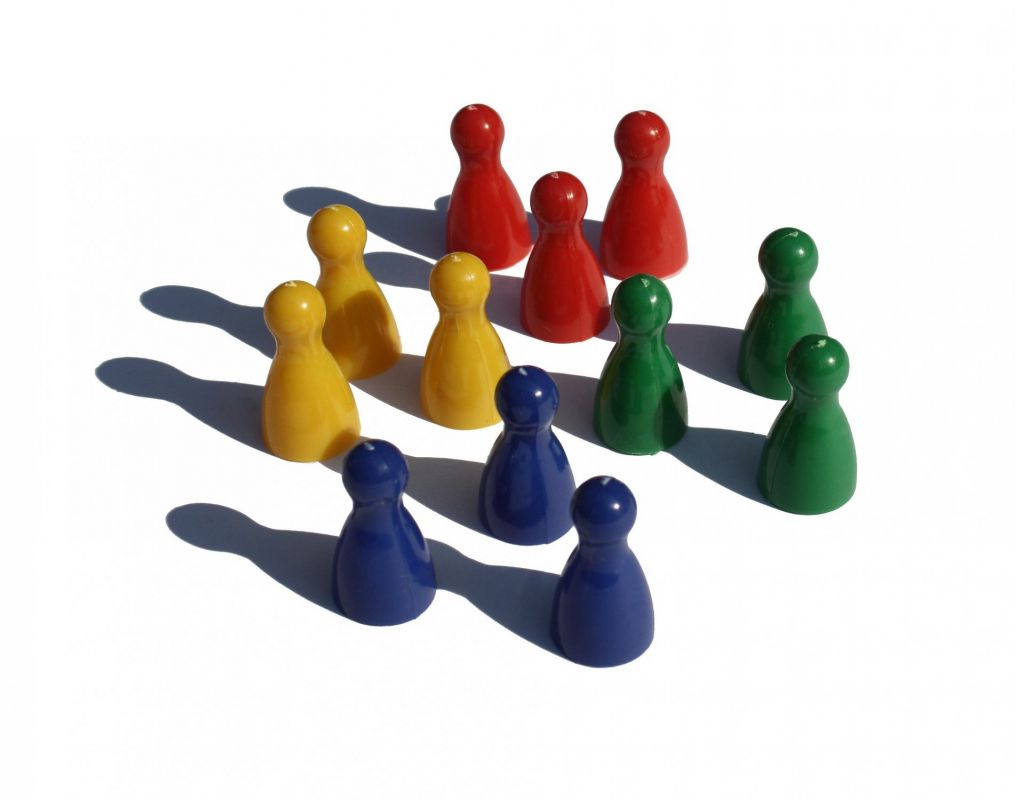


Can you “catch” behavior in the same way you would catch a virus? In 2013, social scientists Rose McDermott, James Fowler, and Starling advisor Nicholas Christakis published an article titled Breaking Up Is Hard to Do, Unless Everyone Else Is. This article explored how social phenomena spread. What they found was that humans, as social animals, are linked and influence each other’s behavior.
For example, they found that men and women with divorced parents are more likely to get a divorce themselves. The divorce “bug” can easily move across entire networks of people, in part because human networks are not random. A 2007 paper found that the same is true for obesity. People who are obese, like divorcées, appear in clusters.
Why is this the case? Our social networks play a significant role in our behavior. We connect with people who are similar to us in some way. When an event happens in one person’s life, it can “go viral” and impact the rest of their network. While our thoughts, beliefs, and decisions may feel unique to each individual, they have a collective life.
The good news is that this phenomenon does not have to be negative. They can also lead to positive changes in individuals or culture shifts inside organizations. Policymakers and regulators can mine some insight from social-network theory to understand human behavior and inspire change.
Keep Reading